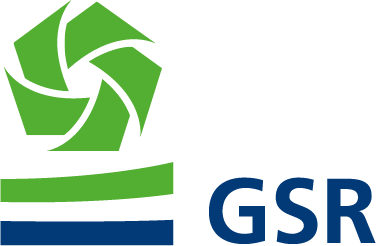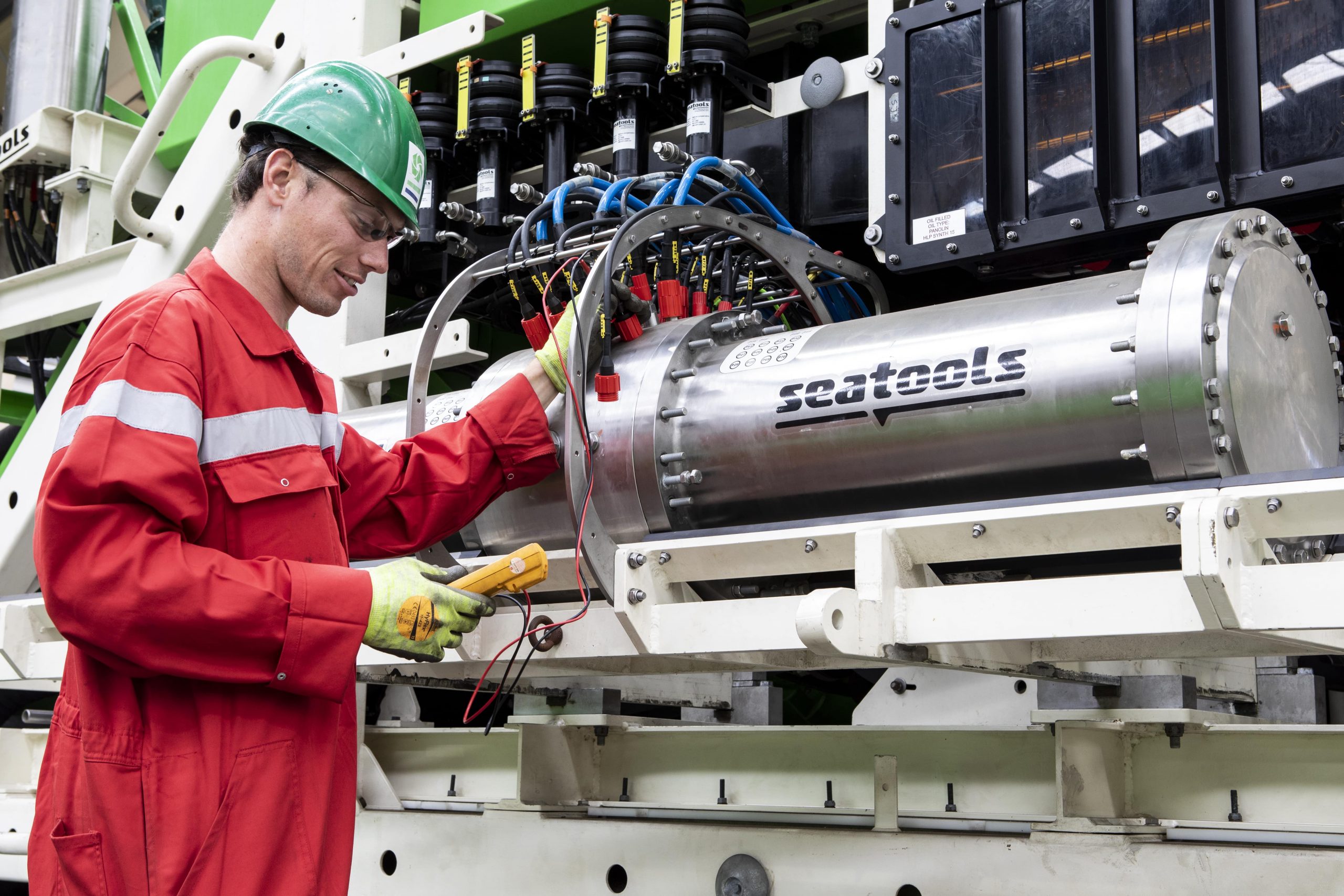In 2013, the International Seabed Authority (‘ISA’) signed a 15-year licence with GSR to explore 75,000 square kilometres of the Clarion Clipperton Zone (CCZ).
GSR, in collaboration with international experts and independent scientists, has to date completed six deep sea expeditions. These have provided an opportunity to collect engineering data, vital for the design of the nodule collector, as well as environmental data on biodiversity, spatial distribution and eco-system parameters.
Close co-operation with independent scientists is a priority for GSR. We are pleased to be participating in Mining Impact 2018-2022 an impartial EU-funded research consortium comprising GEOMAR and JPI Oceans. They will publish their research to ensure all knowledge gained is shared with the global community.
Independent monitoring of the Patania II trials will reduce existing knowledge gaps and uncertainties about environmental impacts and gather data about operational impacts.
This information will allow scientists to design fit-for-purpose environmental monitoring programs and make recommendations for the design of the International Seabed Authority’s mining code.
GSR is committed to transparency. All the data collected will be made available to the scientific community. Our approach is to develop tailored, ecosystem-based management strategies to ensure that biodiversity and ecosystem health and functions are maintained.
Seabed mineral exploration is driving incredible advances in technology and innovation.
In 2020, GSR completed two key assessments of its seabed mineral collector technology.
A new state-of-the-art umbilical and winch combination was successfully evaluated mid-water in the Atlantic Ocean at a depth of 4,500m. This is the depth at which Patania II, will operate. In a separate validation check – conducted within Belgium’s Exclusive Economic Zone – Patania II demonstrated its ability to drive and manoeuvre along the seabed.
These assessments have paved the way for an expedition in the Pacific Ocean in 2021.
The purpose of the expedition is to test the mineral collection technology in its intended operational environment, and to monitor environmental effects.
The purpose of the exploratory phase is to assess the abundance of the resource, validate the technology, establish an environmental baseline, conduct an environmental impact assessment and develop robust environmental management strategies.
All of this is critical, and commercialisation will not occur until it is demonstrated that an operation is viable from environmental, social, technological and economic standpoints.

